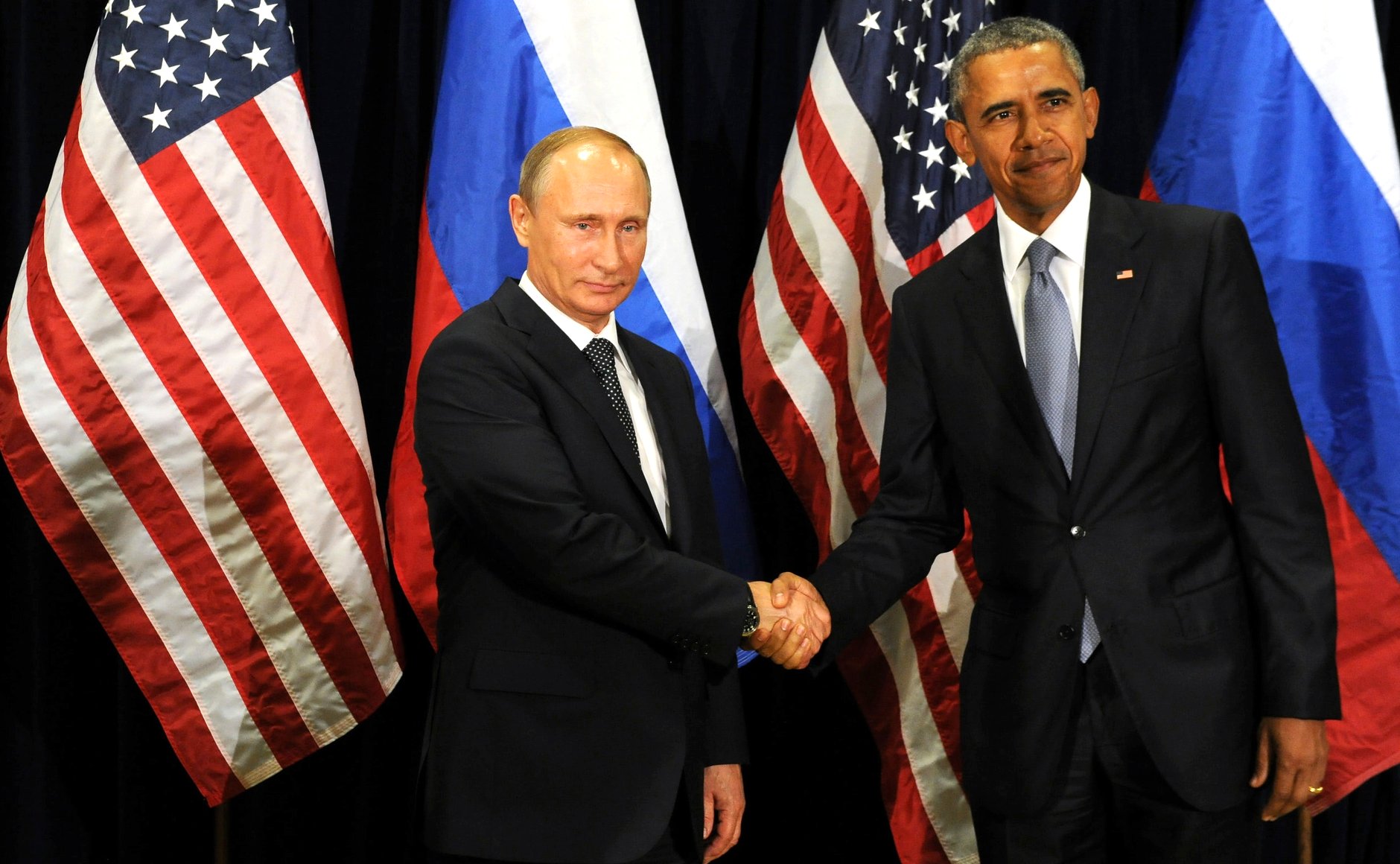Recent events have seen escalated tensions in the South China Sea. In response to China’s militarization, anxious neighbours have appealed to their larger ally. Enhanced military cooperation between the U.S and the Philippines will include the construction of an additional five U.S. military bases in the region. The U.S continues to work with smaller Asian states like Japan, to counterbalance China’s perceived threat in the Pacific. Meanwhile, China continues to assert sovereignty over the region, despite overlapping maritime contestations from Brunei, Malaysia, Vietnam, Taiwan, Singapore, and the Philippines.
Overall military spending in Asia and Oceania rose by 5.4% in 2015, largely in response to Chinese military activity, according to SIPRI’s 2016 report on world military spending trends. As the South China Sea passageway represents 80% of commercial trading ports in the region, increased military tensions threaten the economic stability of the area.
Fraying relations
China’s recent militarization includes the construction of artificial islands and landing strips. An analysis by Jane’s has confirmed that China has begun a program to develop its own operational aircraft carrier. China has developed an indigenous Modern HQ-9 Surface-to-Air Missile (SAMs) system, deploying 32 fourth-generation HQ-9 surface-to-air missiles in the Paracels earlier in February in response to U.S patrols.
Washington has conducted two “freedom of navigation” operations since October, veering warships 12 nautical miles from China’s claimed islets to offset assertive behavior in aims of avoiding a clash in the area. NATO allies have continued to maintain open diplomatic ties, emphasizing the importance of diplomatic relations in mitigating further escalations. Australian Prime Minister Malcolm Turnbul will arrive in China this week to engage in diplomatic talks to urge China’s leadership to rethink continued military assertion in the area.
Some analysts claim Washington’s offset strategy should deter a Pacific outbreak. Gregory B. Poling, director of the Asia Maritime Transparency Initiative at the Center for Strategic and International Studies in Washington, notes that “just the ability to impose any kind of cost, to get any kind of vessel out there on site, forces the Chinese to make a decision about how much they really want to engage in a certain activity.” Other analysts question the steadfastness of Chinese grand strategy: “what is happening in the South China Sea is very much part of the whole Xi Jinping China dream, where China is pushing its challenge to the U.S. over who is going to lead Asia,” says Hugh White, a strategic analyst at the Australian National University.
Increased militarization of the region has contributed to a Cold-War-esque volatility, yet the question remains where China’s intentions lie. Is China willing to assert its sovereignty at the cost of economic and diplomatic relationships? If willing, can China throw around its military weight? While China’s defense-industrial base (DIB) remains behind in terms of technological edge, decreasing defense budgets in Europe and North America suggest a continued military catch-up, as China’s military trajectory continues to grow, despite a slowing economy. A look at China’s defense spending may shed further light on these questions.
China’s military spending
A sizable portion of China’s defense budget has been confirmed to be dedicated to maintaining China’s maritime rights. In China’s first defense white paper released in late 2015, Beijing has claimed to maintain an “active defense”, but has promised definitive action if threatened in the already volatile Pacific. The white paper outlined China’s military missions in this new world: “to safeguard national territorial sovereignty and maritime rights and interests, and maintain security and stability along China’s periphery.”
Reinforcement of sovereign claims alludes to visions of China as a maritime leader. However, transformation into a maritime power would require much greater military expenditure and power-projection capabilities. Military projection of such magnitude requires greater influence abroad (e.g., military bases), implying a prerequisite superpower role towards which China may be increasingly heading. This is a marked distinction from China’s “peaceful rise” of yesteryears.
According to SIPRI’s military expenditure database, estimates for China’s defense spending have increased incrementally, from $71.496 billion in 2011 to $215 billion in 2015 (in 2011 and 2015 exchange rates respectively) (SIPRI, 2013, 2016). Although China’s military spending continues to grow, the rate of growth has slowed to a 7% annual increase. This being said, China’s defense growth began at a very low base, and these increases are still second to the military spending, capabilities, defence industry, and technological edge of the United States – even as the U.S. continues to decrease military spending.
While China has attempted to bridge this gap by investing in military technologies and new platforms (i.e. a joint military command program and aircraft carriers), experts have concluded that projecting military force beyond its vicinity will require a much greater investment to improve military capabilities, which its domestic demographic situation may not be able to sustain in the long term. Furthermore, growth in military spending has decreased since China’s economic slowdown, and may continue to decrease as China continues to navigate choppy fiscal waters.
Thus, while China’s defense budget continues to grow amid maritime tensions, a slowing economy and uncertain fiscal future have placed strains on double-digit military growth, albeit maybe only for the interim. Superpower ambitions may indeed be where Chinese intentions lie, although such ambitions may have to be placed on hold while domestic affairs are addressed. Consequently, an outbreak of conflict in the South China Sea is unlikely in the very near future, as current economic constraints require China to “think twice” before severing diplomatic ties.
Photo courtesy of Simon Yang (Creative Commons).




